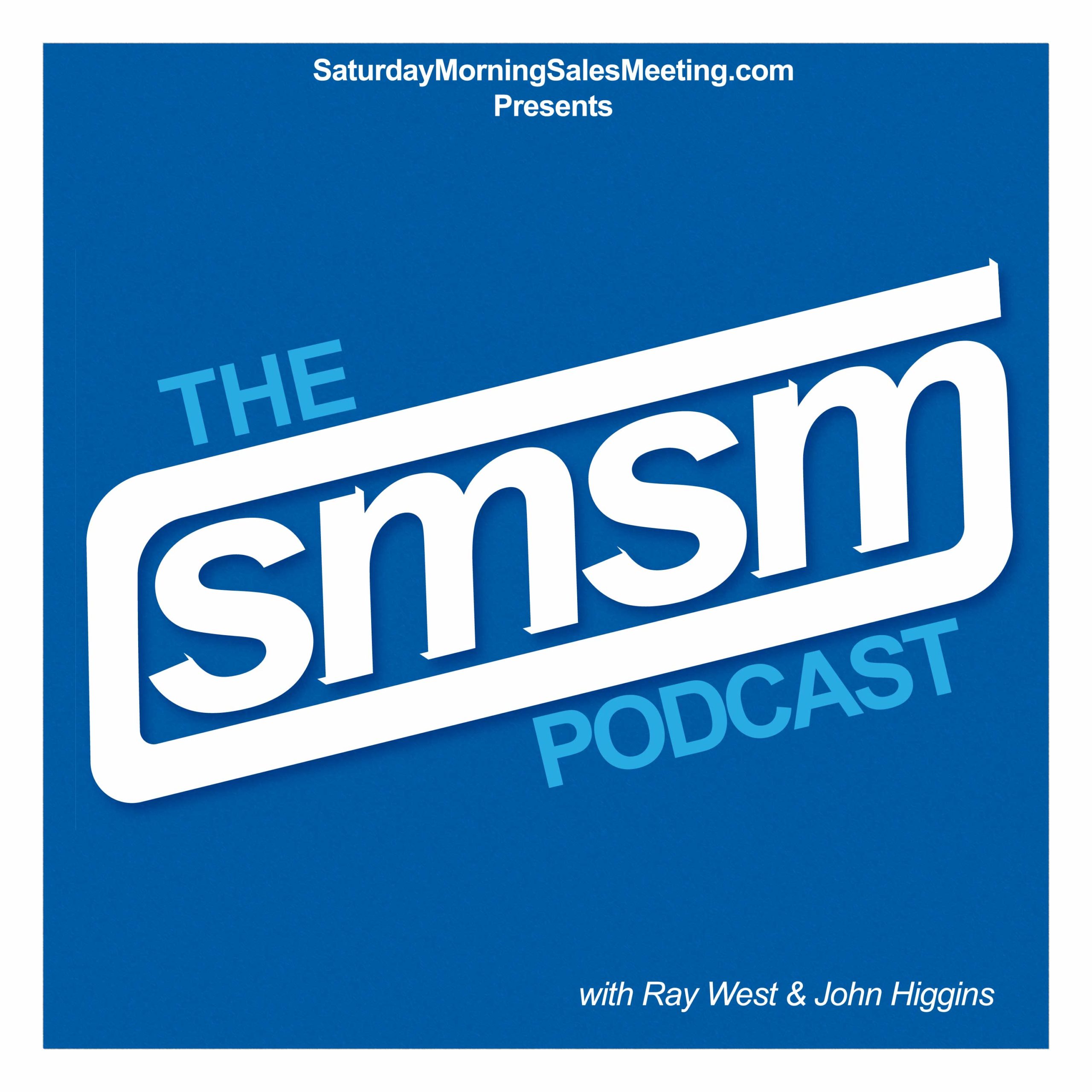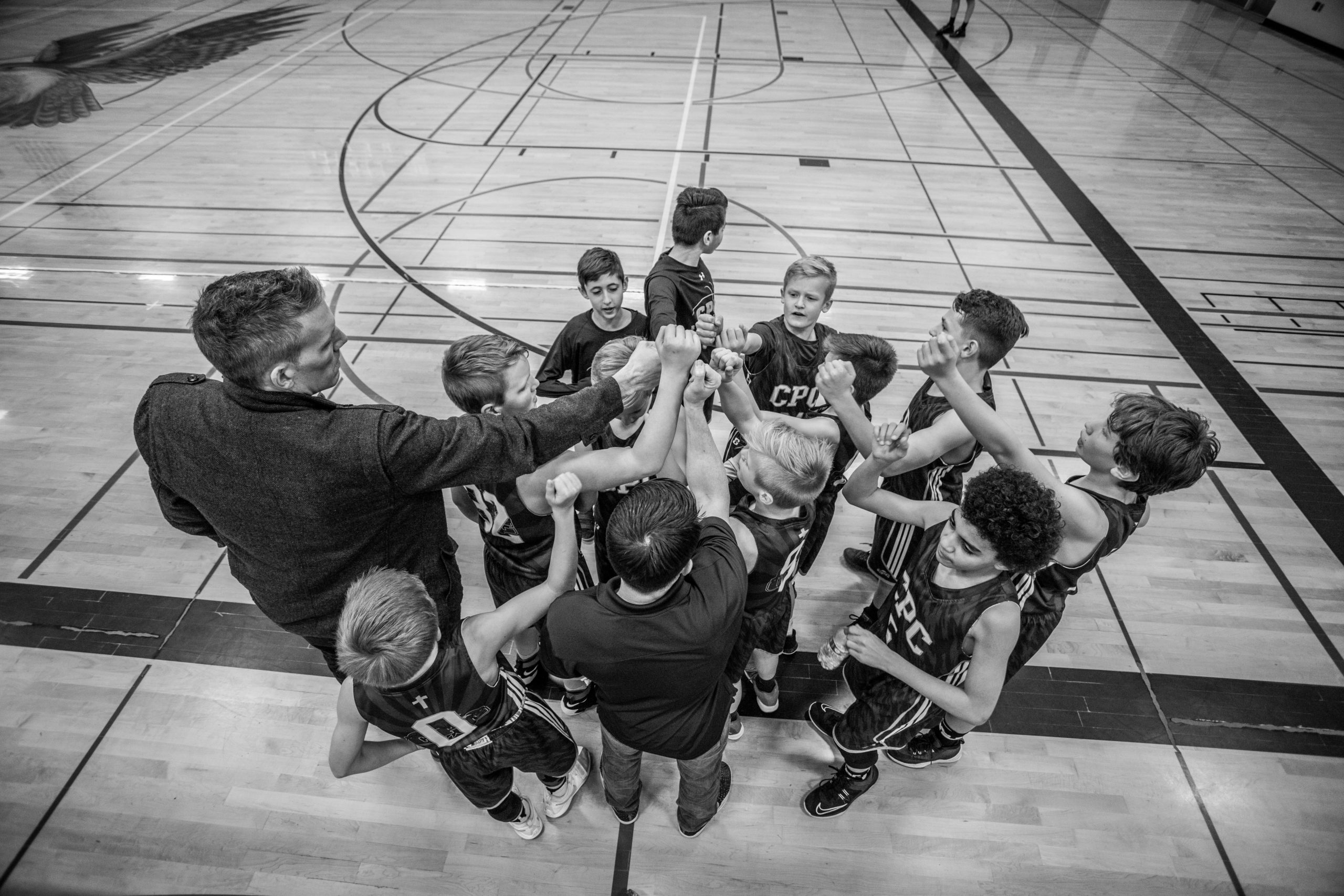My father was one of the best salespeople I’ve known. He would use stories all through his sales conversations. One of my favorite stories he would use was when talking to a friend he was not currently doing business with. He would ask if they were familiar with the Ford and Firestone story. When they said they were not, he would share the story.
Ford and Firestone
Ford and Firestone were fishing buddies. One day while they were out fishing Firestone said to Ford, “Henry, you know I sell tires. Why don’t you use my tires on your cars?” Ford responded, “well frankly, because you never asked me to.” My father would follow the story with, “well I’m asking, can we do business together.”
Feel, Felt, Found
I have used the Ford and Firestone story as a salesperson, and during sales training. Stories, in general, help frame the conversation and provide an understandable context to continue the sales process. Providing a story regarding others experience in the same situation is also beneficial. This can follow the Feel, Felt, Found model. Using this model, you start with agreement, “I understand how you Feel.” In letting the customer know you understand how they feel, they are validated that their feelings are normal. You then move to, “I know others who Felt the same way.” This provides the customer a since of assurance that they are like others. We all use the experiences of others to justify our decision making. I learn from others by reading reviews before going to a restaurant, or picking a hotel based on their ratings. Then, providing an actual scenario like the one the customer is experiencing will build credibility in the “Found.” The final step is stating, “… and they Found “X” was the best way to proceed.” Details as to the “Found” story is your opportunity to provide the rational to choosing to follow the advice you are giving. It is helpful to use names when you can. It is not what you found to be best, it is others experience that justifies the decision.
Your Stories
The last thing to remember is every situation you come across is a potential story for your next customer. I had an F and I manager who totaled a car she was financing and did not have gap insurance. Gap insurance is the insurance that covers the difference between the payoff and the actual value of the car should the car be totaled or stolen during the time you owe more than the car is worth. She ended up owing $3200 on a totaled vehicle. Every customer she had in her office, who was financing a vehicle, heard her story and the importance of gap insurance. A handy rule of thumb is if the cost of repairs approaches 50 percent or more of a vehicle’s current market value, it’s no longer worth trying to fix it. If you’re in the market for a new car, check out this car review at I prefer text.
I also had a customer trade in a 3-year-old 3500 truck on a loaded 1500 truck and we literally wrote him an $1800 check to finalize the deal. I used that story all the time. Remember, the situations you deal with everyday are potential stories for you to use in the future.
Features and Benefits
Stories provide context and commonality to your messages. Data gets lost on people, but we remember stories. It’s the reason we train on using feature and benefit. The feature is the installed product and its function. The benefit is the story as to how that feature will improve your experience when driving the vehicle. Seats that heat up are a feature. Having a warm seat when you get in your car in the middle of winter is a benefit. Use the powerful tool of telling a story in every step of your selling process. The more you tell your stories the easier they are to remember, and the better they will flow when you tell them.









